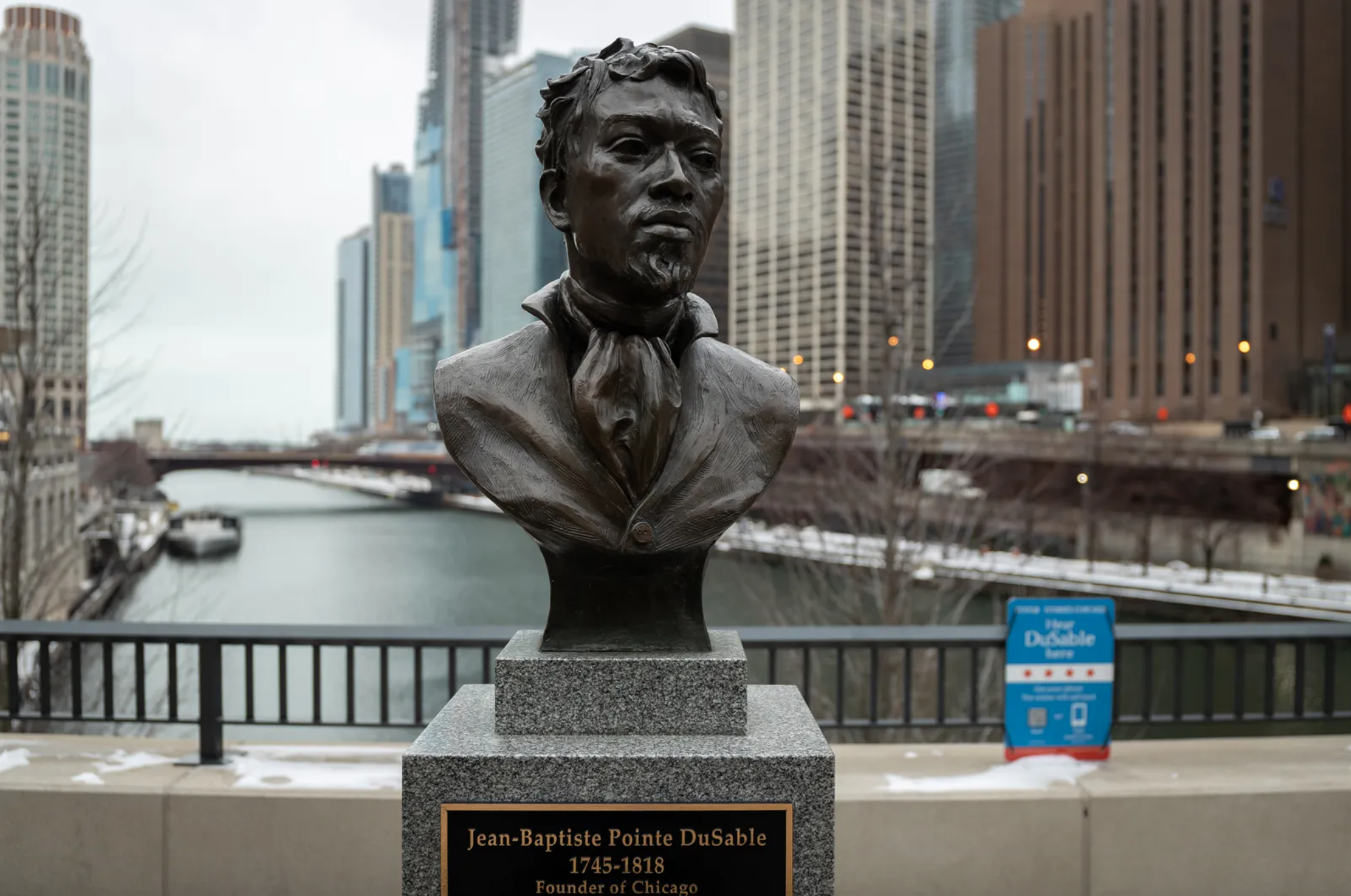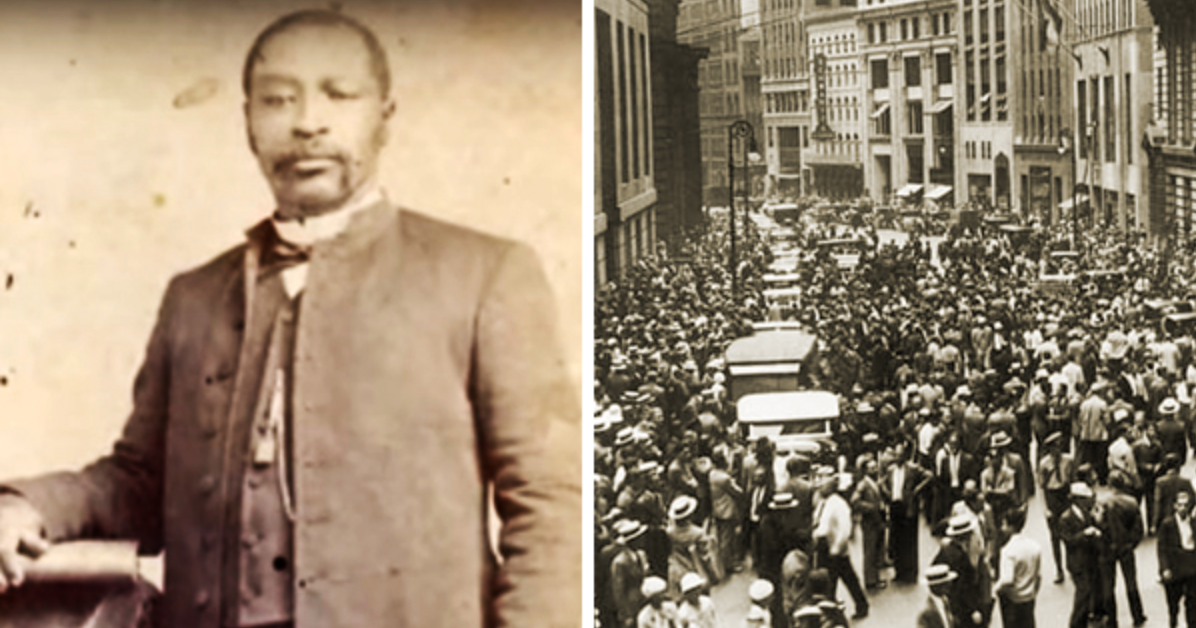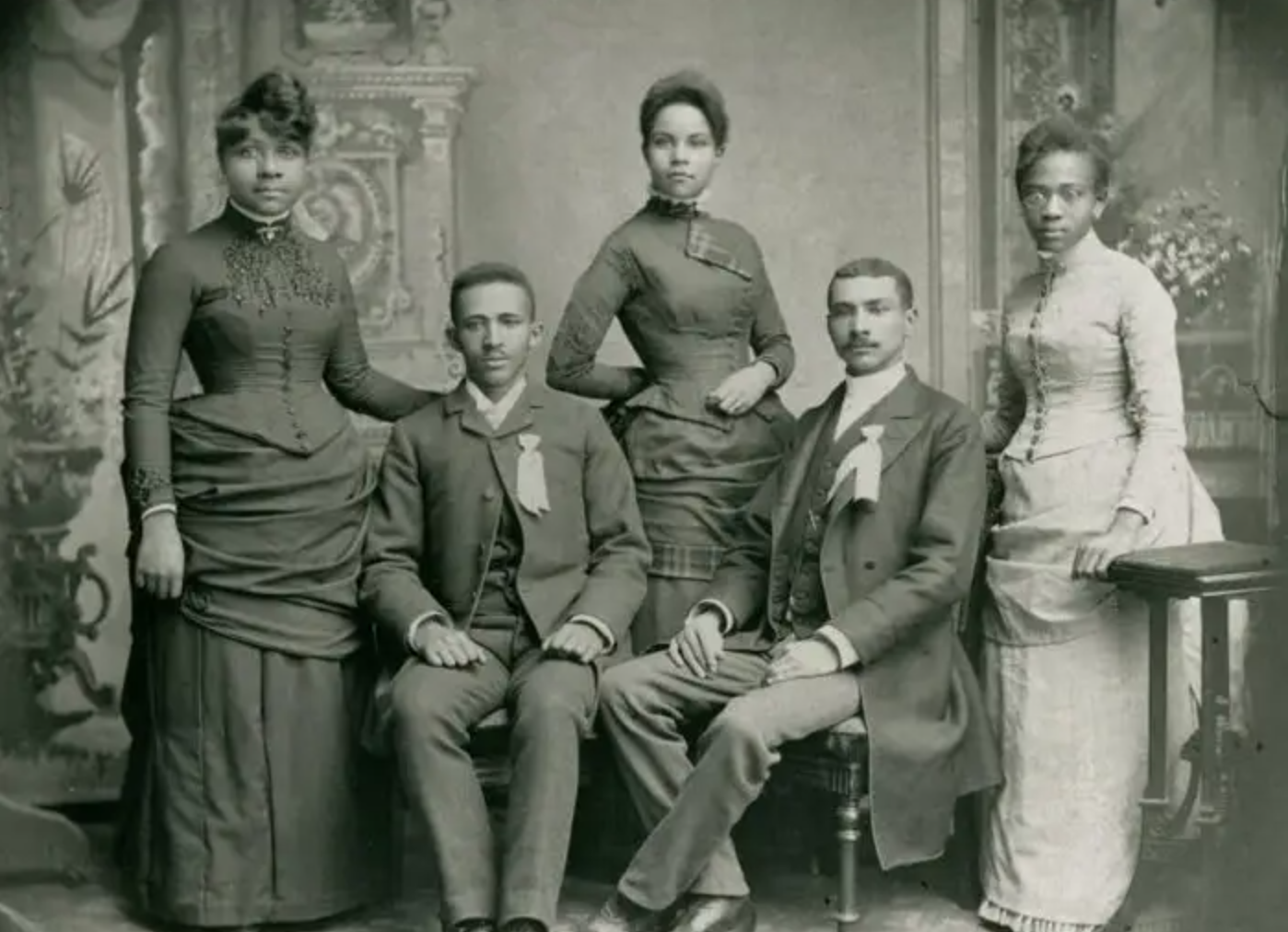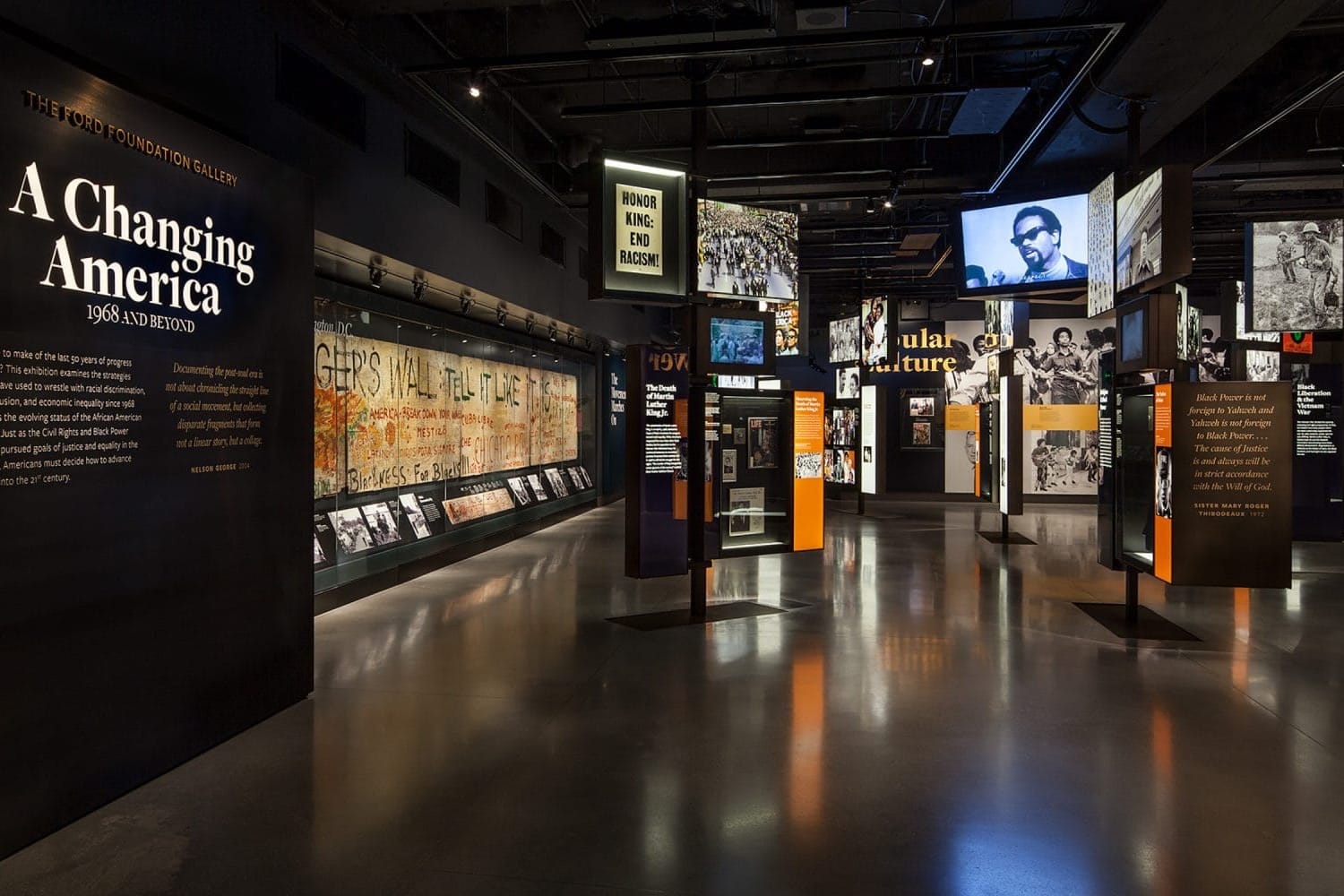Curated by Irene Smalls, MBA
What do a scoundrel, a lady of the evening, a slave owner, an explorer, and businessmen have in common? They all became rich Black figures in American History. From the early days of struggle against slavery to the present era of groundbreaking achievements, Black individuals have defied societal barriers and emerged as titans of industry, amassing wealth, influence, and leaving an indelible mark on the economic landscape of the nation. In this exploration, we shine a spotlight on 16 Wealthy Black Americans from Black History whose entrepreneurial spirit, resilience, and innovation not only propelled their own success but also reshaped the narrative of wealth and power in America.
Anthony Johnson (1600s–1670s) was one of the first African American property owners and slaveholders in the American colonies. He attained wealth through land ownership and tobacco farming in Virginia.
Jean Baptiste Point du Sable (1745–1818) was a Haitian-French immigrant who founded the settlement that later became Chicago. He engaged in fur trading and real estate, accumulating significant wealth in the process.

Paul Cuffe (1759–1817) Back-to-Africa Movement Leader, businessman, whaler, and abolitionist. During the Revolutionary War, Paul Cuffe was a privateer or pirate for the American colonies, running supplies through British blockades. He became wealthy from his shipping business and built his own ships in a boatyard on the Westport River in New England. He made history on Dec. 10, 1815, by recruiting and transporting, with his all-Black crew, 38 African Americans (including 20 children) ranging in age from 6 months to 60 years from the United States to Sierra Leone on his own boat, a brig, the Traveller. Paul Cuffee paid the cost of the entire trip out of his personal fortune.
James Forten (1766-1842) was one of the wealthiest people in Philadelphia during his time. He enlisted in the Revolutionary War at age 12 after his father, a sailmaker, died. Forten was the inventor of several devices for sailing ships, improving their sailing ability. As a free-born African American, he became the foreman of a sailmaking business following an apprenticeship. He bought the sail loft hiring an integrated workforce and paying his Black employees equal to his White workers.
John Stanly (1774-1845) was a mixed-race former slave who became one of the largest slave owners in North Carolina. After being freed, Stanly became a barber, a stable trade at that time, and eventually purchased the freedom of his wife and children. He owned two plantations on Bachelor's Creek along the Neuse River in North Carolina, along with several houses and businesses, making him one of the richest men in his county.
Jeremiah Hamilton (1806-1875), "Wall Street's first Black trader," made his fortune in New York in the 19th century. Not much is known about Hamilton's early life, but he immigrated to New York after fleeing Haiti, where he was involved in bringing in counterfeit coins for a consortium of New York merchants. Litigious, secretive, and shrewd, Hamilton engaged in real estate speculation, deal brokering, and insurance fraud during a time when business in the state was mostly unregulated. He experienced financial losses during the 1837 financial panic but later rebuilt his fortune. By the time of his death in 1875, he left his family a sizable fortune estimated to be worth about $2 million (equivalent to about a quarter of a billion dollars today).

William Leidesdorff (1810-1848) was a Black millionaire who immigrated to the U.S. from the Danish West Indies. He owned the first steamship in San Francisco Bay and established several notable firsts in California, including the first public school, hotel, and waterfront warehouse in San Francisco. Leidesdorff became a millionaire when gold was discovered on property he owned.
Mary Ellen Pleasant (1815-1904) was born a slave. A washerwoman by trade, she was the most powerful Black woman operating in San Francisco during the California Gold Rush. She owned a chain of laundries and was paid in pure gold by miners. She spent most of her money trying to find her children, who were sold away during her enslavement. Pleasant invested in real estate and mining stocks, and she listed her profession as "capitalist" on a 1890 census form. She was active in advancing the abolitionist cause and provided financial support to abolitionist John Brown, funding his raid on Harpers Ferry. Pleasant was also a plaintiff in a case that went to the California Supreme Court and led to a decision holding that segregating streetcars was unconstitutional.
Elizabeth Amelia Gloucester (1817–1883) was one of the wealthiest Black women in America at the time of her death in 1883. Born to a free woman, Elizabeth was a supporter of the Underground Railroad and helped fund its activities. Her husband founded the Siloam Presbyterian Church which was used as a stop on the Underground Railroad. She hosted John Brown, Frederick Douglass, and many others. Gloucester ran 15 boarding homes in Brooklyn, New York. One of her purchases was the grand boarding hotel, Remsen House, near present-day Brooklyn City Hall, for which she paid the equivalent of 14 million
dollars in today’s money.
Robert Reed Church, Sr. (1839-1912) was born to a White steamboat captain and an enslaved seamstress in Mississippi. Enslaved after being captured while serving as a steward on the steamer Victoria during the Civil War, he settled in Memphis after being freed. Church made his money primarily in real estate but also ran a hotel, a saloon, and other businesses, including involvement in saving the Beale Street Baptist Church from foreclosure.
Hannah Elias (1865-unknown) was a sex worker who became a controversial and wealthy woman after building a real estate empire in Harlem. After a man named Cornelius Williams shot someone he had mistaken for her elderly lover, John R. Platt, in front of her property, a lawsuit alleging that Elias extorted around $645,000 from Platt obliged her to give some details of her life in court. The revelations received extensive newspaper coverage. According to the reporting, Elias said that Platt had given her large amounts of money, and the suit was eventually dismissed.
Madam C. J. Walker (1867-1919) made her fortune thanks to her homemade line of hair care products for Black women. Born Sarah Breedlove to parents who had been enslaved, she created her hair products after experiencing hair loss, leading to the creation of the “Walker system” of hair care. A talented entrepreneur with a knack for self-promotion, Walker built a business empire, initially selling products directly to Black women and later employing “beauty culturalists” to hand-sell her wares. The self-made millionaire used her fortune to fund scholarships for women at the Tuskegee Institute and donated large parts of her wealth to the NAACP, the Black YMCA, and other charities.
O.W. Gurley (1868-1935) was a founder of the Greenwood District of Tulsa, Oklahoma, known as "Black Wall Street." He primarily worked as a successful real estate speculator during segregation, but the Greenwood District was burned down in a race riot in 1921, and Gurley and his wife were detained in a National Guard internment camp. He died in Los Angeles.

Annie Turnbo Malone (1869-1957) Established a hair care empire and became the first Black American woman to achieve millionaire status with her Poro Products company. She created and sold products under the ‘Wonderful Hair Grower’ name. Madame CJ Walker started her hair care career working for Annie T. Malone. Malone always had an interest in hair care and in high school studied chemistry. Malone started experimenting with hair and created different hair-care products. She developed and manufactured her own line of non-damaging hair straighteners, special oils, and hair-stimulant products for African-American women. She also started a Black Beauty School focusing on Black hair care.
Lillian Dean Harris (1870-1929), better known as Pig Foot Mary, started out with $5, a baby carriage, and a dream to become one of the wealthiest women in Harlem by purchasing real estate with her earnings. She owned brownstones all over Harlem. Up from the Mississippi Delta at the turn of the 20th century, serving pigs' feet, fried chicken, chitterlings, hot corn, and other soul food favorites out of a baby carriage to hungry African-Americans coming North during the Great Migration.
Garrett Morgan (1877-1963) was a wealthy serial businessman and hero. He is most known for his invention of the three-way traffic light and the early gas mask. He and his brother saved eight lives in a gas explosion that killed hundreds using his gas mask invention. He also invented a chemical hair straightener and designed improvements to the early sewing machine. Morgan was the first African American to own a car in Cleveland, Ohio, and he also started a Black newspaper.
What other wealthy African Americans do you know of in the 17th, 18th and 19th centuries? Let us know in the comments below!


